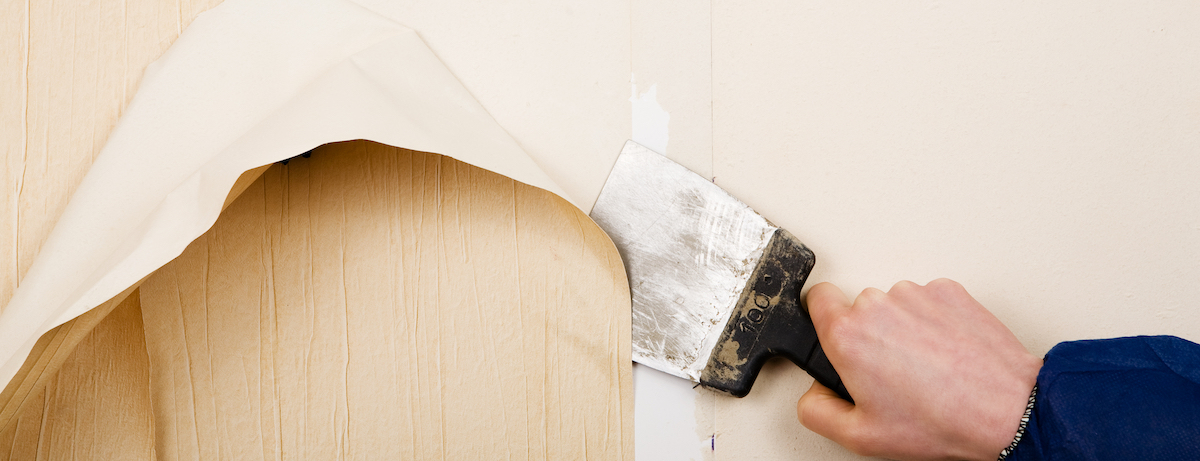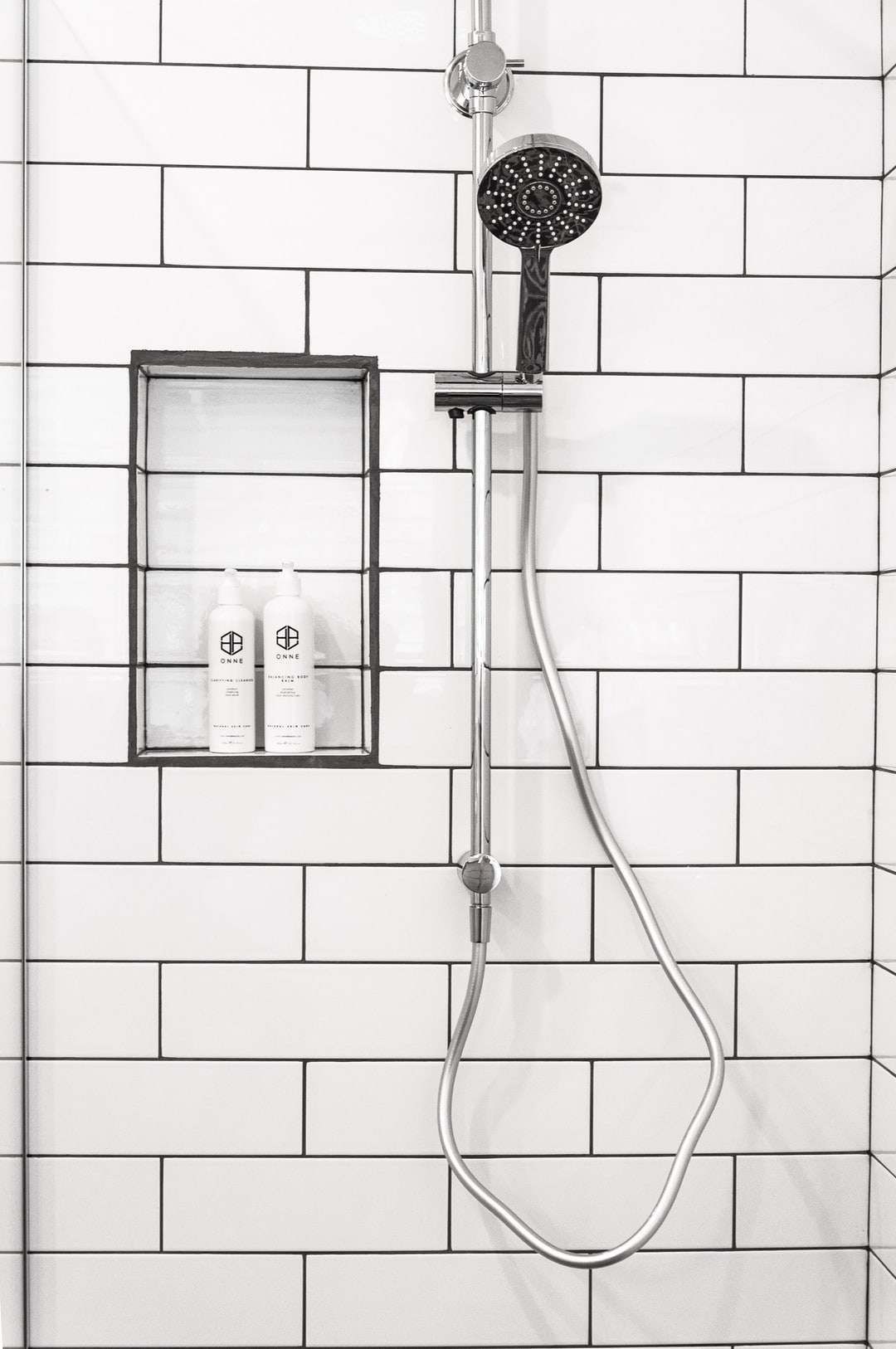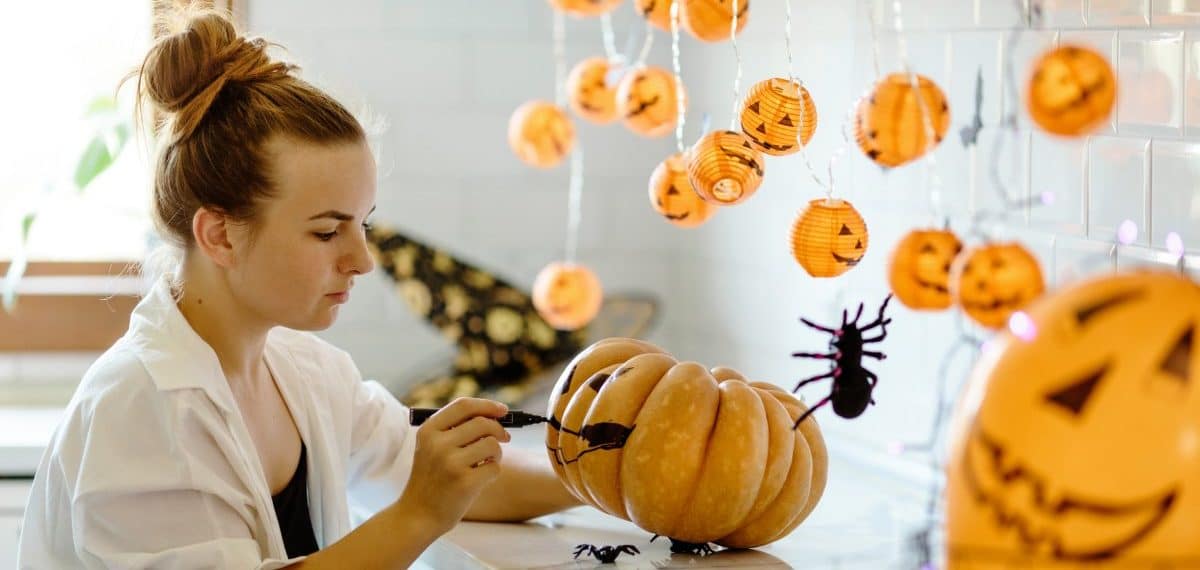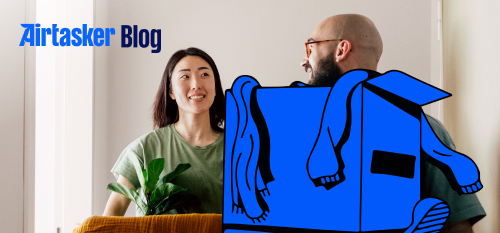Thanks to the modern marvels of commercial paint, you now have options when it comes to more manageable ways to re-design your bathroom. Learning how to paint bathroom tile allows you a more cost-efficient way to restore or re-do the look of your tile flooring, walls, and other bathroom surfaces.
That being said, there are some important elements about how to paint bathroom tile that you need to familiarise yourself with before you start. Read on to not only learn how to paint bathroom tile but a few other key tips that will ensure you do a great job.
Deciding on your new look
If your bathroom is starting to date or look a little damaged, learning how to paint bathroom tile is definitely a much cheaper option than having them replaced. The most popular bathroom tile materials are often ceramic, porcelain, natural stones, or quarry tiles, all of which are often sold in a variety of solid colours or patterns.
If you want something that differs from this to really take control of your bathroom design or make sure your space is updated to suit newer fashions, paint is the key. You can lighten the look, darken it, or apply a pattern to fit any bathroom aesthetic, and best of all, once you know how to paint bathroom tile, you can easily repaint as your tastes change.
When choosing your new colour, it is important to keep in mind that brighter paint colours suit space-limited bathrooms the best. Darker paint is well-suited to larger spaces as it absorbs light, making a small bathroom look more contracted.
Bathroom surfaces that shouldn’t be painted
You can paint the following types of tile:
- Ceramic
- Porcelain
- Most natural stone
- Unglazed quarry tile
You should not paint glazed quarry tile as it does not bond well with the paint. Your new paint job will last the longest on surfaces that have low exposure to moisture (which is hard in a bathroom), but the flooring, walls, and backsplashes are all suitable.
The less suitable spaces can be tiled countertops, tub surrounds, or shower surfaces as they are in contact with a lot of water, therefore may prematurely fade, peel, or blister. If this does occur, it’s not the end of the world. You can just touch-up or re-apply.
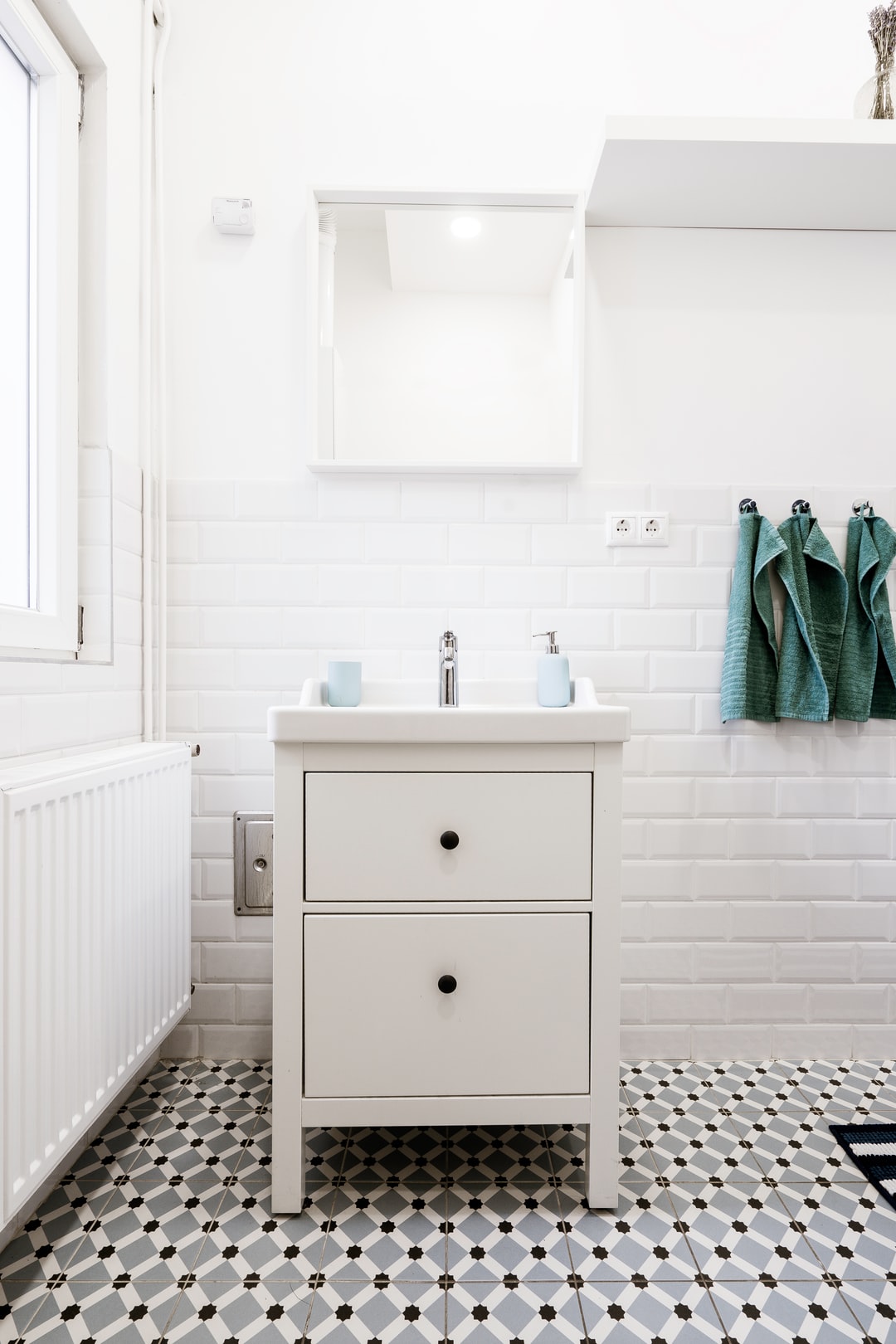
Matching the paint to the tile material and surface
If you are painting ceramic, porcelain, or unglazed quarry tile, your best bet is either latex or epoxy paint in the pre-mixed or ready-to-mix varieties. Latex paint is generally less toxic and does not have as intense a smell. You can also spend a little bit more money on a mildew-proof variety, which negates the effects of heavy moisture exposure somewhat.
If you are painting some of the wetter areas like backsplashes, countertops, tub surroundings, and shower surfaces, opt for epoxy paint. Epoxy cures into a harder coat that is more durable and resistant to moisture and everyday wear-and-tear. You can even find an epoxy that is specifically designed for tubs and tiles.
When painting natural stone tiles, an acrylic latex paint that has been specially formulated for interior masonry or stucco is the best play. You will be able to find this paint in a variety of sheens from flat to high-gloss. Just keep in mind that the glossier the finish, the more slippery the tile. Flat and matte sheens provide the most traction, while semi-gloss and high-gloss can create a slip-prone surface, so avoid them on shower floors for safety.
How to paint bathroom tile
There are four or five stages to consider when learning how to paint bathroom tile:
- Surface preparation
- Priming
- Painting
- Pattern application (if applicable)
- Sealing
When planning for the time you will spend on the project and how long your bathroom will be out of commission, you need to consider the primers, paints, and sealers’ dry time. All of these will vary depending on the types used. If you are painting a pattern, its complexity will also determine your project time.
Step 1: Surface preparation
You will need to begin by sanding, vacuuming, and scrubbing the old tile and grout lines to prepare it for the new paint job. This action will remove dirt and grime, giving you a clean canvas to work with.
Step 2: Priming
This step is essential to ensure your tile is receptive to the paint. It will be best if you use an epoxy or urethane primer if you are painting ceramic or porcelain tiles or a masonry primer for natural stone or unglazed quarry tiles.
Follow the specific primer’s application instructions and pay careful attention to its dry time. Painting over sticky primer leads to disaster.
Step 3: Painting the bathroom tile
Once your primer is dry you can use either a roller or large brush to apply large swaths of paint to the tile. If you have more patience, you can brush individual tiles by “cutting in” around the edges. If you do this, however, you’ll need an angled brush to avoid painting the grout lines.
Your process will depend on whether or not you plan to paint the grout, a large area or just a few accent tiles. The paint can take anywhere around two or more days to dry, during which you’ll need to avoid touching it or using the bathroom – so keep that in mind before you begin.
Step 4: Applying a pattern (optional)
If you decide to paint a pattern, wait for the tiles to be fully-cured, then tape your pre-bought or homemade stencil to the area you want to pattern. Go over the stencil with a roller and wait out the full dry time before removing the stencil.
Step 5: Sealing
The final step involves the application of a sealer which protects the painted bathroom tile from grime, scuff marks, and scratches. Use a clear sealer of the following type:
- Urethane for ceramic or porcelain
- Masonry for natural stone or quarry tile
Once again, you’ll need to wait for the full required drying time before you begin to use the bathroom. All up, the project may take your bathroom out of commission anywhere from two days to several days. Make sure you clear everything you need from the bathroom before you start!
Painted bathroom tile maintenance
The best part about your finished painted bathroom tiles is that all they will need to keep clean is a bit of regular sweeping, vacuuming, and mopping. The sealer will help the tiles to retain their colouring and fend off abrasive dirt. You can also lay bathroom mats in high-traffic areas to prevent scuff marks and if some slight damage occurs, simply use a small artist’s paintbrush to re-apply some of the leftover paint and re-seal.
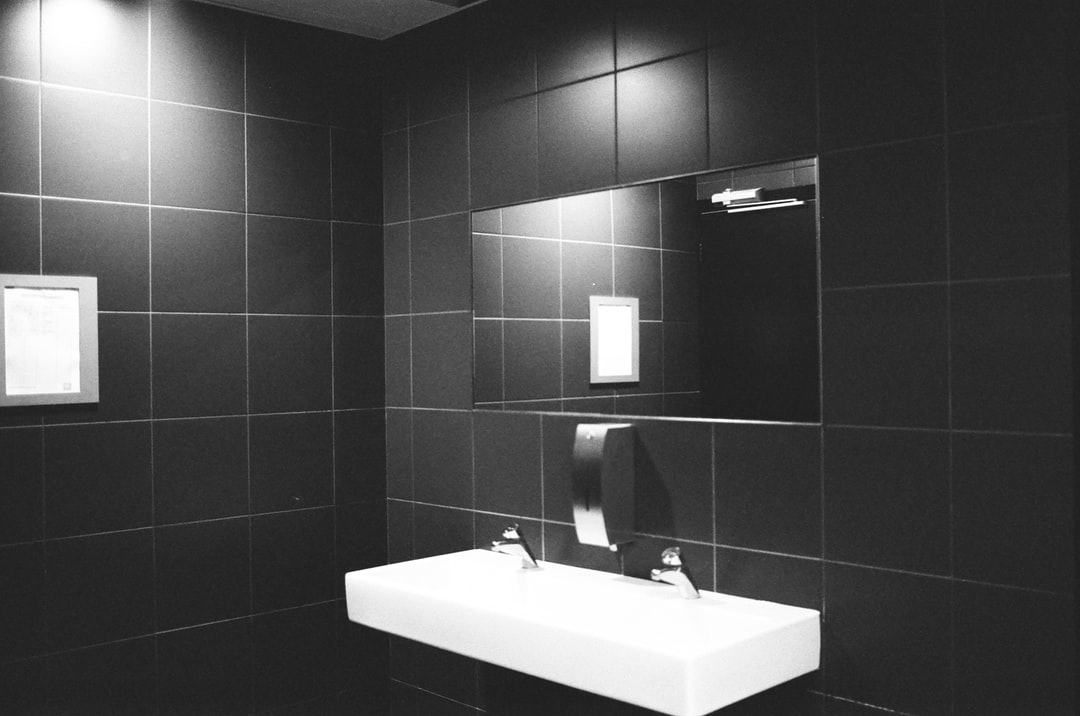
Frequently asked questions
Can you paint shower tile?
Yes, you can! You can paint ceramic, porcelain, most natural stone, and unglazed quarry tile. You should avoid painting glazed quarry tile as it does not bond well with the paint. Your new paint job will last the longest on surfaces that have low exposure to moisture, which is hard in a shower, but if you use an epoxy paint, it will cure into a harder coat that is more durable and resistant to moisture. You can find an epoxy that is specifically designed for shower tiles.
What kind of paint do you use on bathroom tiles?
If you are painting ceramic, porcelain, or unglazed quarry tile, use either a latex or epoxy paint. Latex paint is generally less toxic and does not have as intense a smell. You can also choose a mildew-proof variety for more protection. If you are painting some of the wetter areas, an epoxy cures into a harder coat that is more durable and resistant to moisture.
How long does tile paint last?
Your tile paint’s longevity will depend on the variety you use and how much traffic the painted area receives. If you get a scuff mark or damage to the paint for some reason, you can simply use a small artist’s paintbrush to re-apply some of the leftover paint to fix it.
Are you ready to give your bathroom a new look?
As you can see, painting your bathroom tile isn’t difficult, but it is time-consuming. This can be a fun and satisfying project to take on, you just need to account for the fact that your bathroom will be out of action for a few days.
If you think the task may take longer than you can afford to give, engage one of our skilled painting taskers, who specialise in bathroom painting. They can save you time and guarantee an excellent result. This may be best if you are considering an intricate pattern!
If you are ready to take the project on yourself, read our bathroom tile ideas blog for some inspiration on colours and designs. We also have a range of articles on specific bathroom colours, how to achieve either a modern or Hamptons-style bathroom look, and a range of shower and bath, or overall bathroom ideas.



